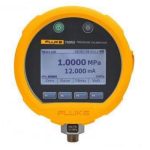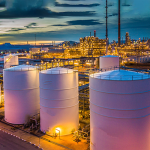The overhaul and refurbishment process for industrial plants such as oil and gas facilities, power plants and factories involves several key stages.
The first stage is the detailed design study where the condition assessment of the plant is carried out through inspections, tests and asset health monitoring. The as-built drawings and specifications are reviewed to identify any non-conformities or missing information. Based on the condition assessment, a scope of work is prepared listing the specific refurbishment, repair or replacement tasks needed.
The second stage is the engineering design where detailed engineering drawings, specifications, manuals and procedures are prepared for the required refurbishment, repair and replacement works. Depending on the scope, the work can include replacement of mechanical systems, electrical systems, instruments and control systems.
The third stage is material procurement where all the required spare parts, equipment, tools and consumables are sourced and procured according to the engineering specifications and standards.
Overhaul

The fourth stage is preparation where the plant is shutdown and prepared for the overhaul works. This includes cleaning, draining, isolating and removing insulation as needed. Temporary facilities like scaffoldings are erected to provide access for workers.
The last stage is execution where the actual refurbishment work is carried out according to the engineering drawings, specifications and procedures. This includes replacement or repair of equipment, systems testing and commissioning, as well as inspection and testing to ensure all work meets specifications.
After completion, the plant is returned to the operations team along with the updated as-built drawings, manuals, spare parts lists and any other documentation pertaining to the changes implemented during the overhaul and refurbishment work.

 Submit your manual request
Submit your manual request Chemistry
Chemistry Construction
Construction Control
Control Counseling
Counseling Design and Engineering
Design and Engineering Electricity
Electricity Equipment repair
Equipment repair Instrumentation
Instrumentation Mechanic
Mechanic oil
oil Operation, Repair and Maintenance
Operation, Repair and Maintenance Overhaul
Overhaul Period services
Period services Test & Commissioning
Test & Commissioning Trade
Trade